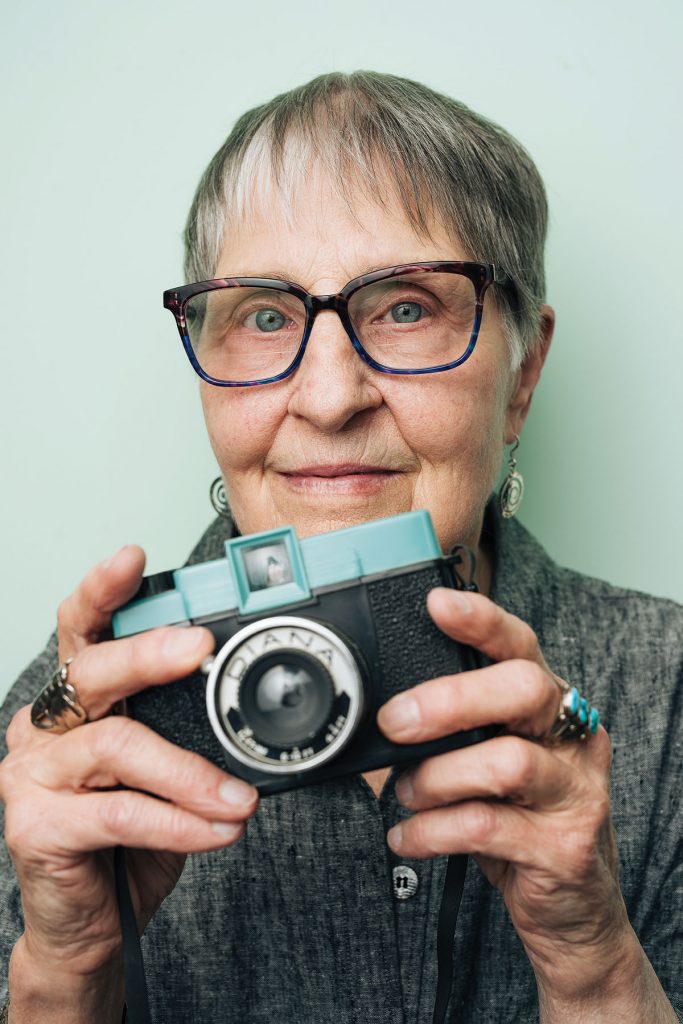
Portrait by Will Crooks
“I like making things with my hands” isn’t exactly the way one would expect a conversation with a noted photographer to begin, but that’s exactly how Ann Zelle starts her story. Despite studying for her Masters in sculpture in Florence, Italy, she became known for her photography and darkroom work through a long career spanning back to the late ’60s, where Zelle has been on the front lines, peering through the viewfinder for much of the evolution of America’s modern arts movement. “I think that’s one reason I haven’t gone into digital photography — I like to touch the things I’m making,” she says.
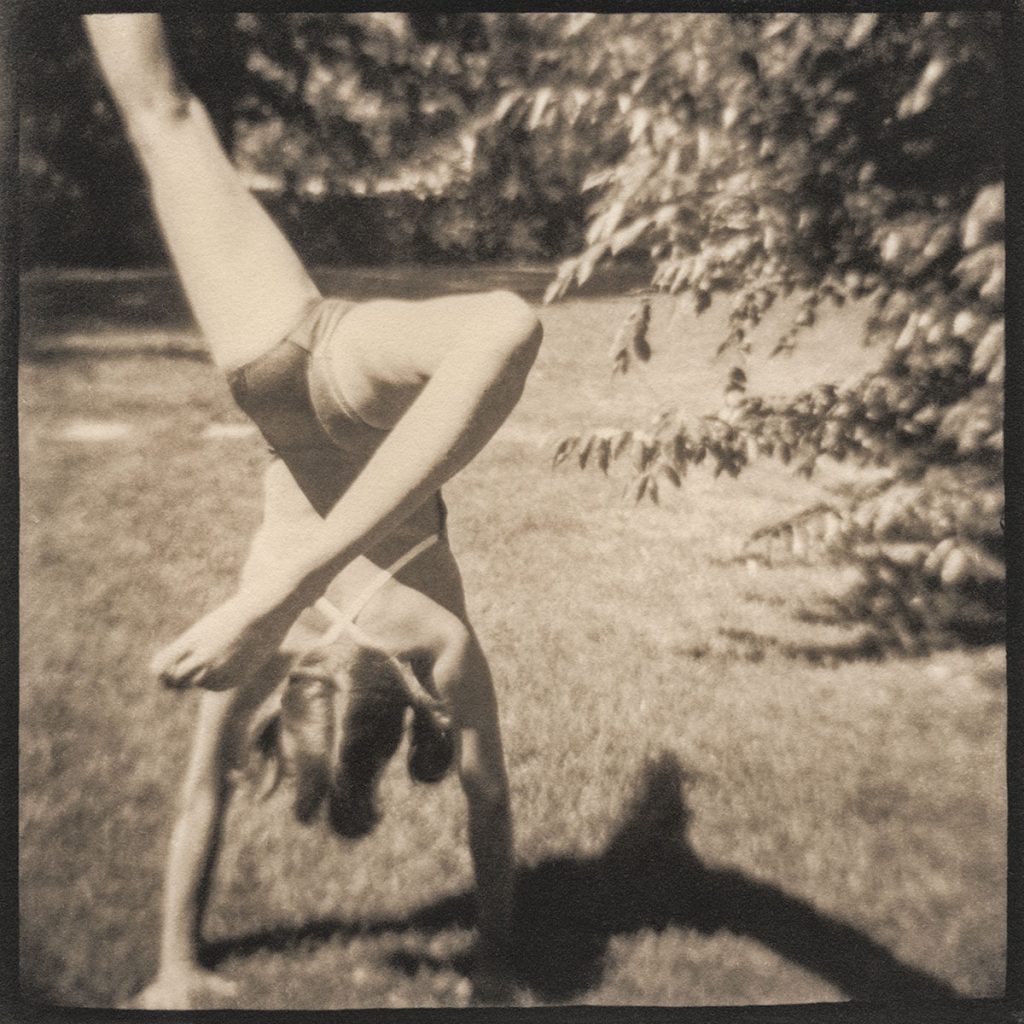
Fresh home from Italy, after a stint working in museums in Newark, Zelle was attending a National Museums Conference, where she was introduced to a number of major museum directors including Jan Vandermark, the director of the new Museum of Contemporary Art in Chicago, who offered her a job. “Their idea was that they would collect art and have ‘Happenings’ in the latest in contemporary art — not get fossilized around a collection the way that many of the other museums had.”
Vandermark tasked Zelle with heading up a neighborhood museum on the recently riot-shocked West Side with the local street gang the Conservative Vice Lords. “A number of them had come out of prison and had decided that they wanted to make something better for the next generation,” she says. That experience caught the eyes of the International Council of Museums, who lured her to Washington DC to help set up an American branch of the UNESCO venture.

There, she also fell into work as a photojournalist, shooting for The Daily Rag and Washington Newsworks, an alternative newspaper that evolved into the City Paper, which employed many of the reporters that would go on to establish NPR. “I was doing photojournalism, but at the same time I was doing a lot of the artwork,” she recalls.
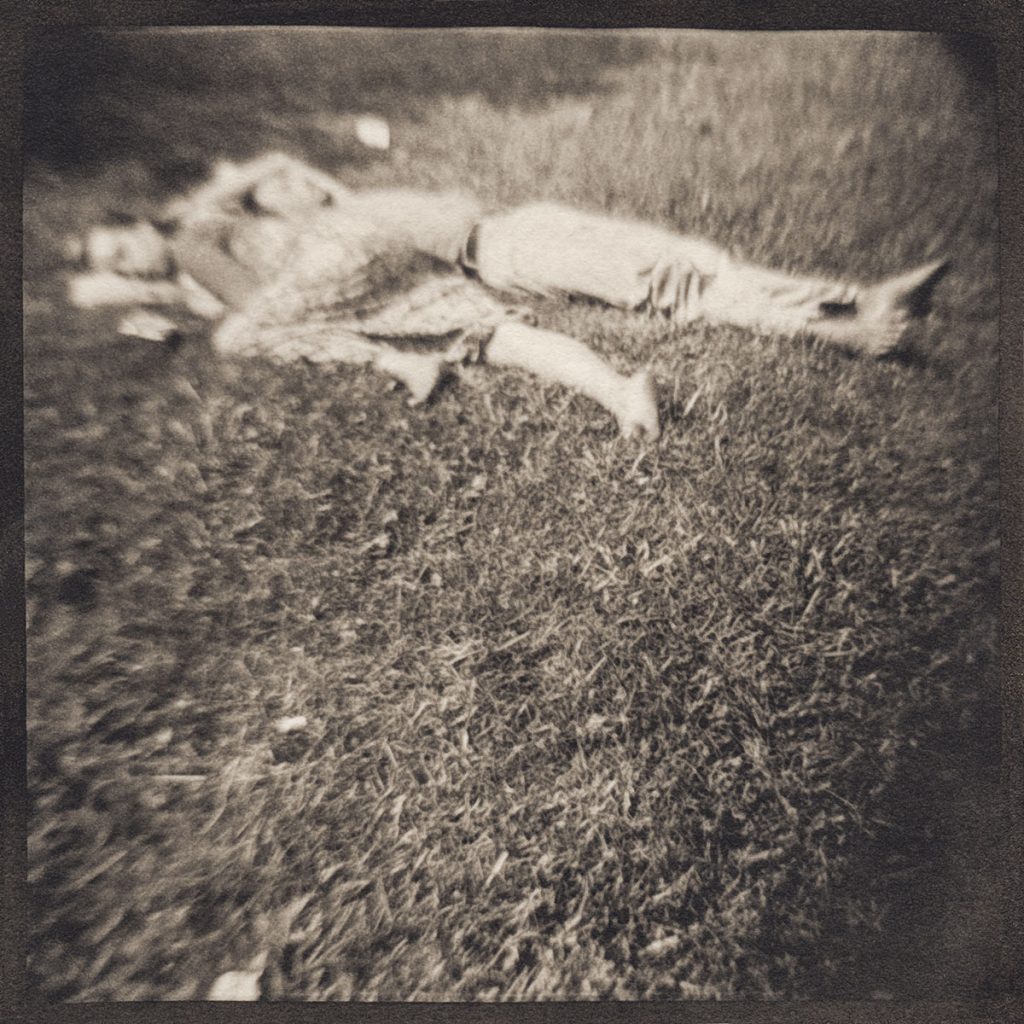
Remember When…, an installation of her work from that period, features two separate sets of photography, both shot on very different cameras. One series was made with a Diana — a cheap plastic camera originally marketed as a toy that seems to have found cult-like fame among photographers — and another made with a Polaroid SX-70, an instant-print point-and-shoot with an adjustable lens.
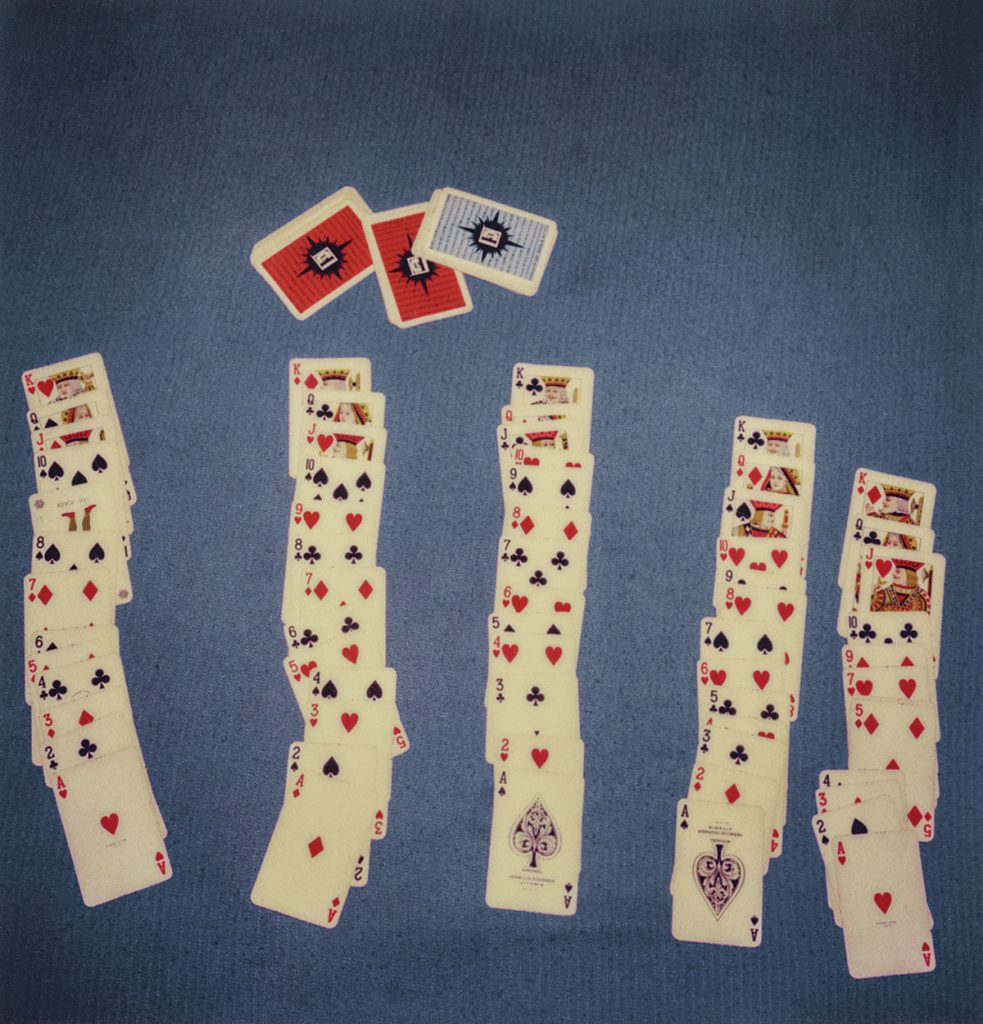
“We used them for teaching a lot,” Zelle says of the Diana. “[It was] better than any high-end camera with bells and whistles — it taught you to think about light.” With no F-stop to adjust light intake, no shutter speed adjustments, and no light meter, the limiting nature of the instrument compels a photographer to focus on their instincts and composition. As for the Polaroid, the immediate printing of the image and the built-in flash lend a unique approach to shooting on the fly.
“The camera itself affects what you shoot because nobody takes it seriously.” She adds, with a laugh, “You can go anywhere and shoot anything.”
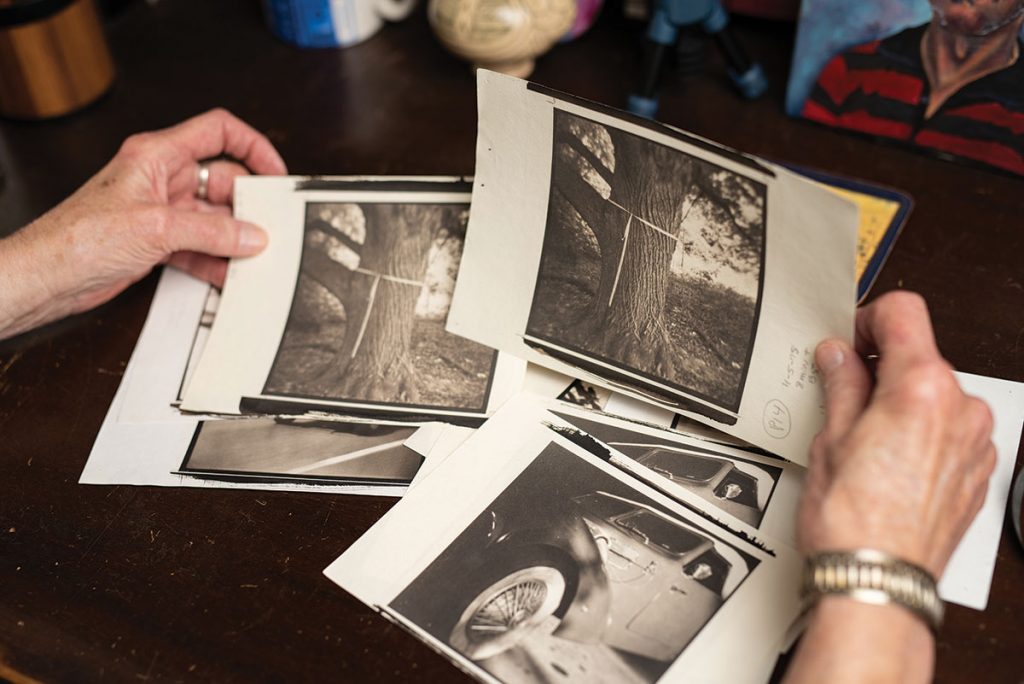
Photo by Will Crooks
Zelle, whose career includes work in the Washington Post, Village Voice, and Mother Jones magazine, retired to Western North Carolina in the early 2000s to be nearer her sister; she even donated all her darkroom equipment to Brevard College, and turned to sculpture again: welded metal and ceramics.
But the photography retrospective, rescheduled from the spring, has her thinking in another direction, too.
“Having seen these pictures that have been in a box for 40 years, I’m probably going to start doing some Diana shooting again … it was so much fun.”
Ann Zelle, Brevard. “Remember When,” an exhibit of Zelle’s photography from 1976-1984, will be on display at the Gallery at Dot Editions (821 Riverside Drive, #164, Asheville) through the end of September. To make an appointment, call 828-575-5534 or see doteditions.com.